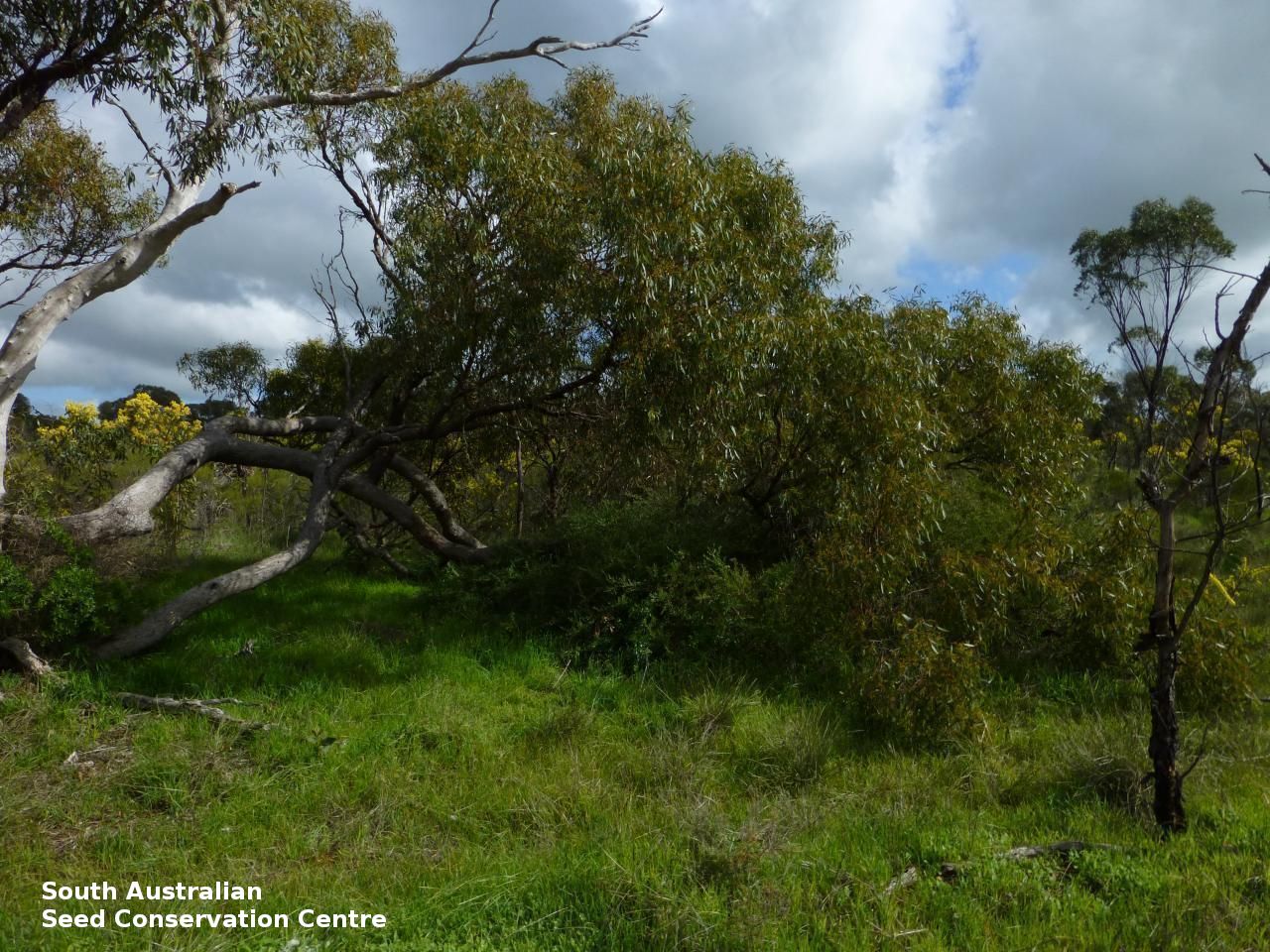
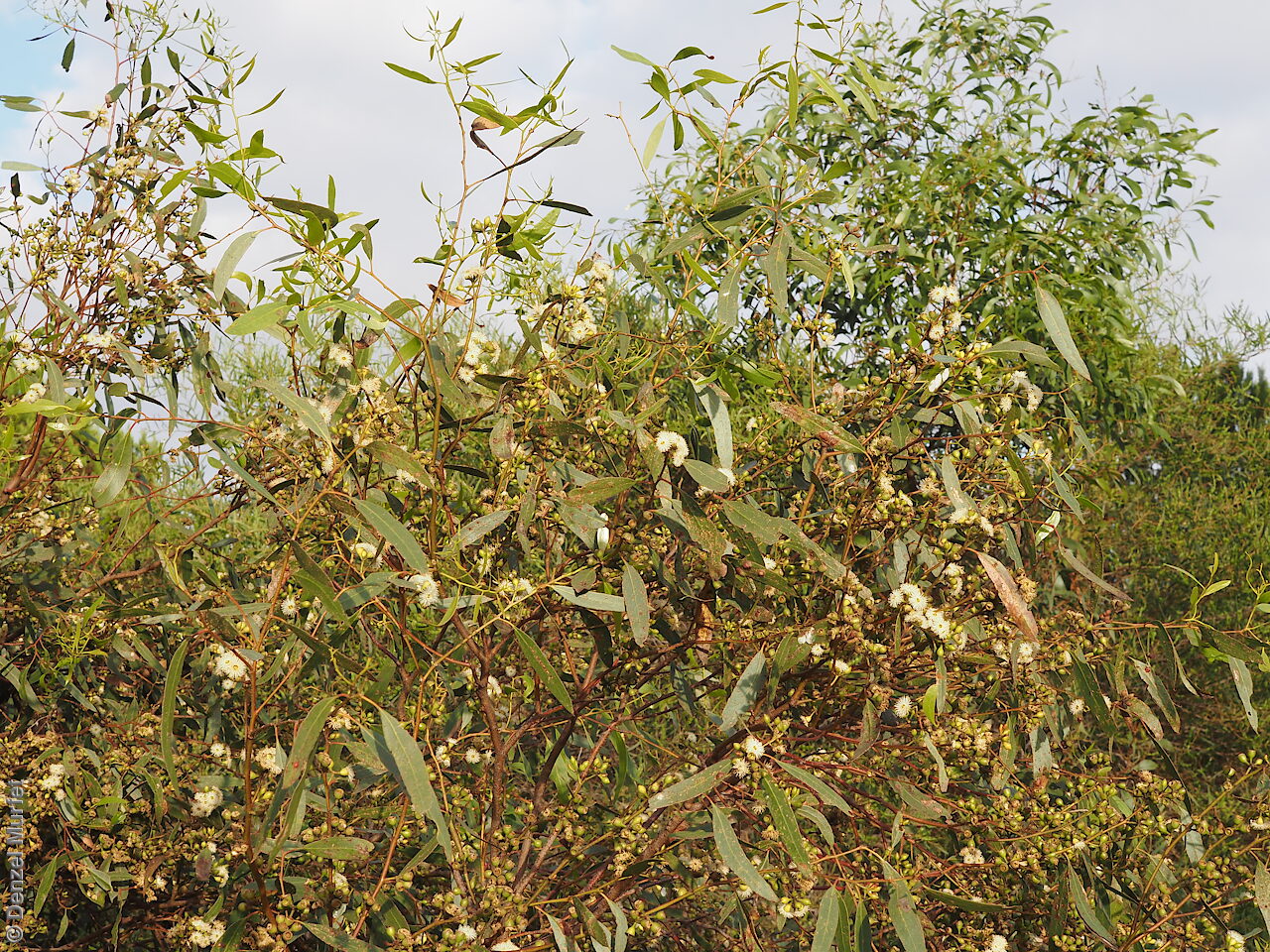
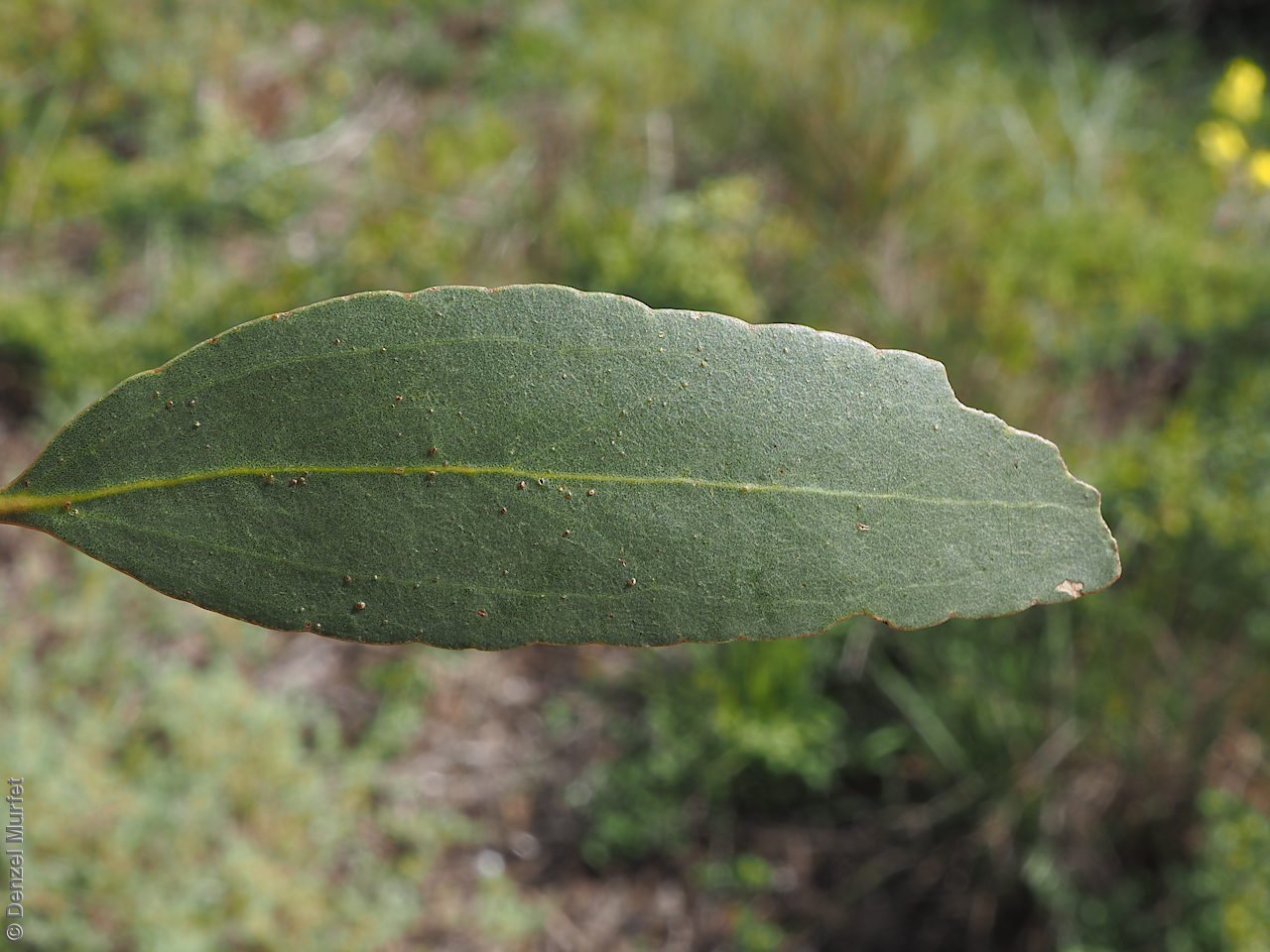
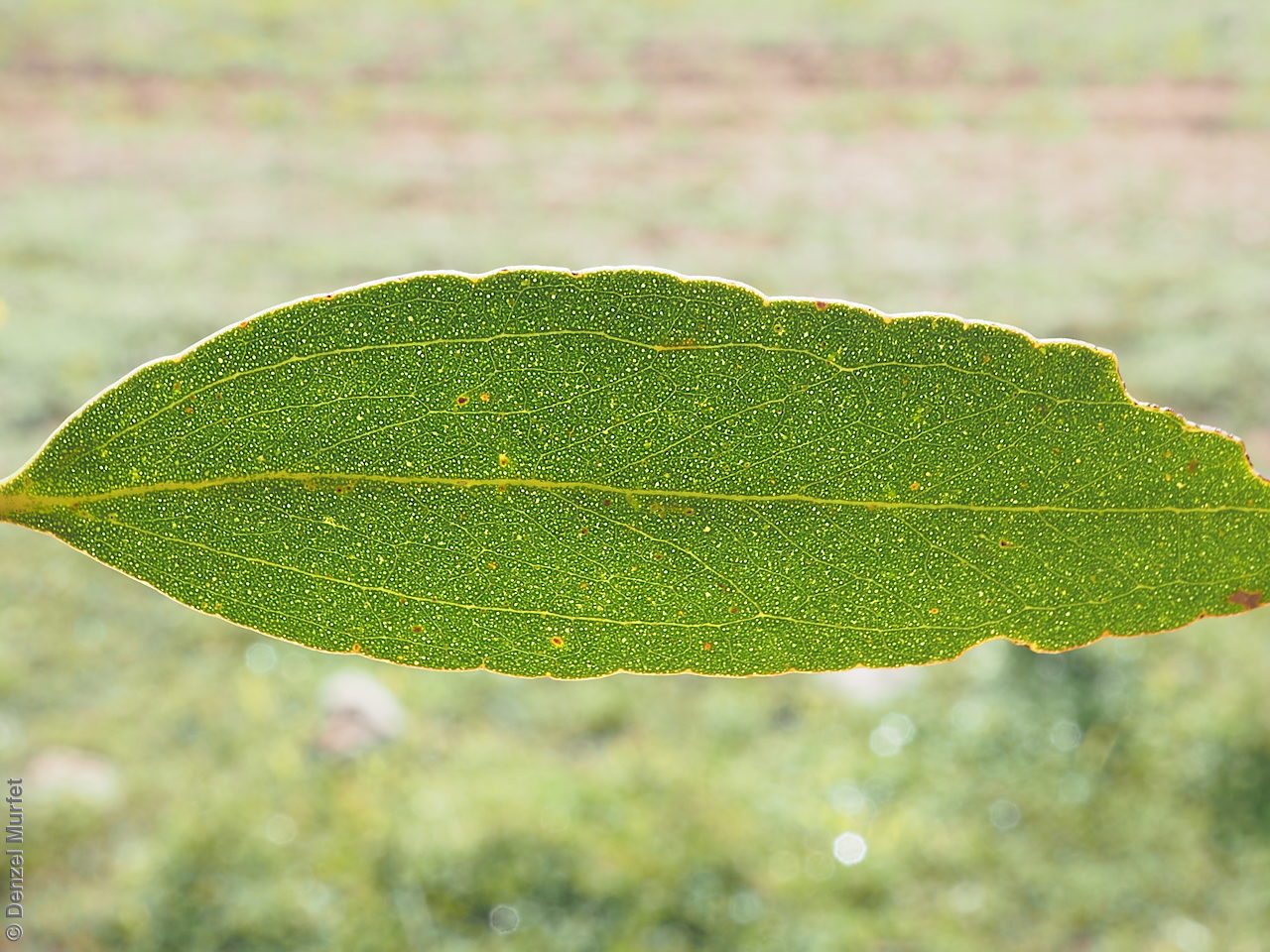
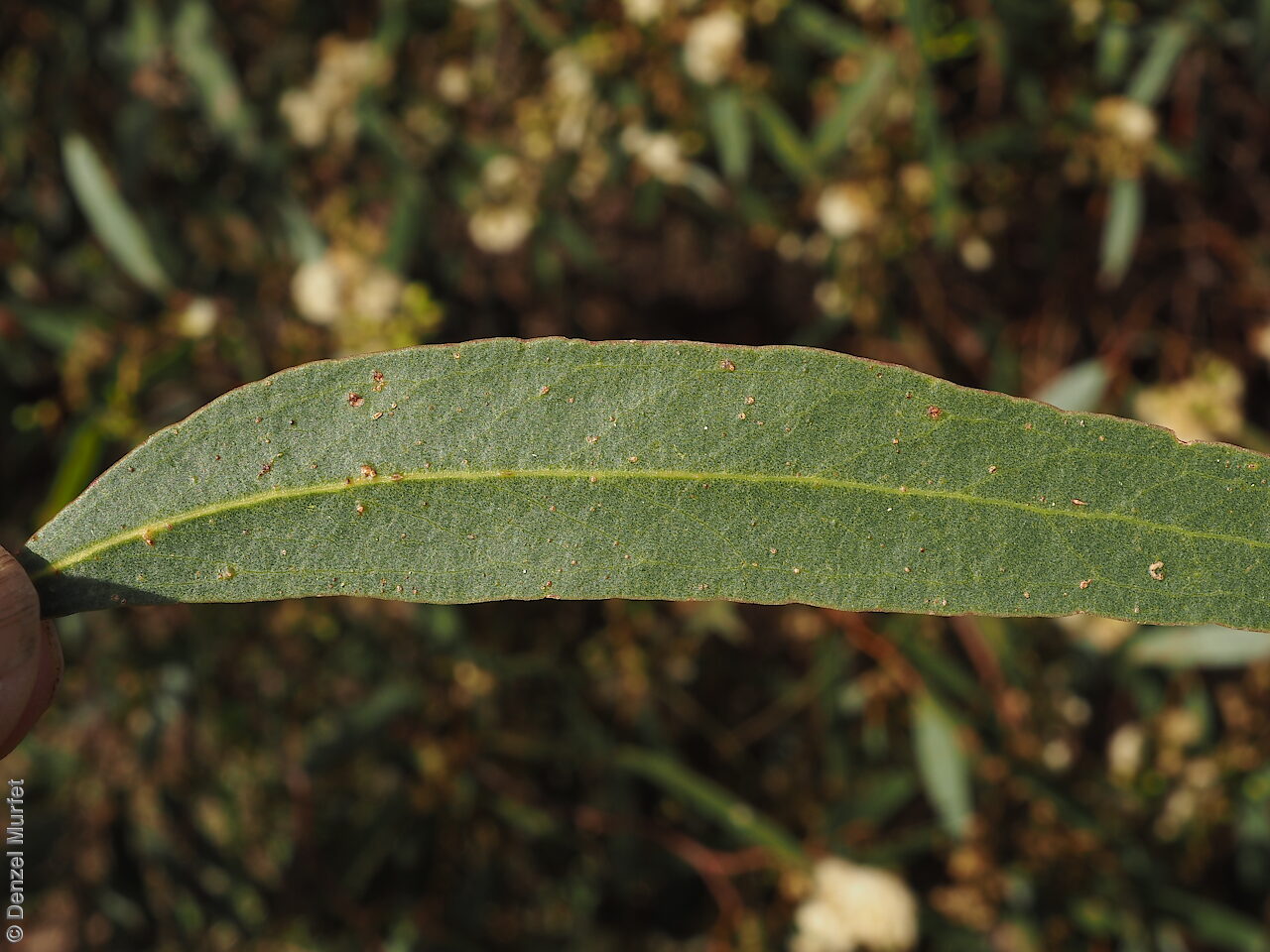
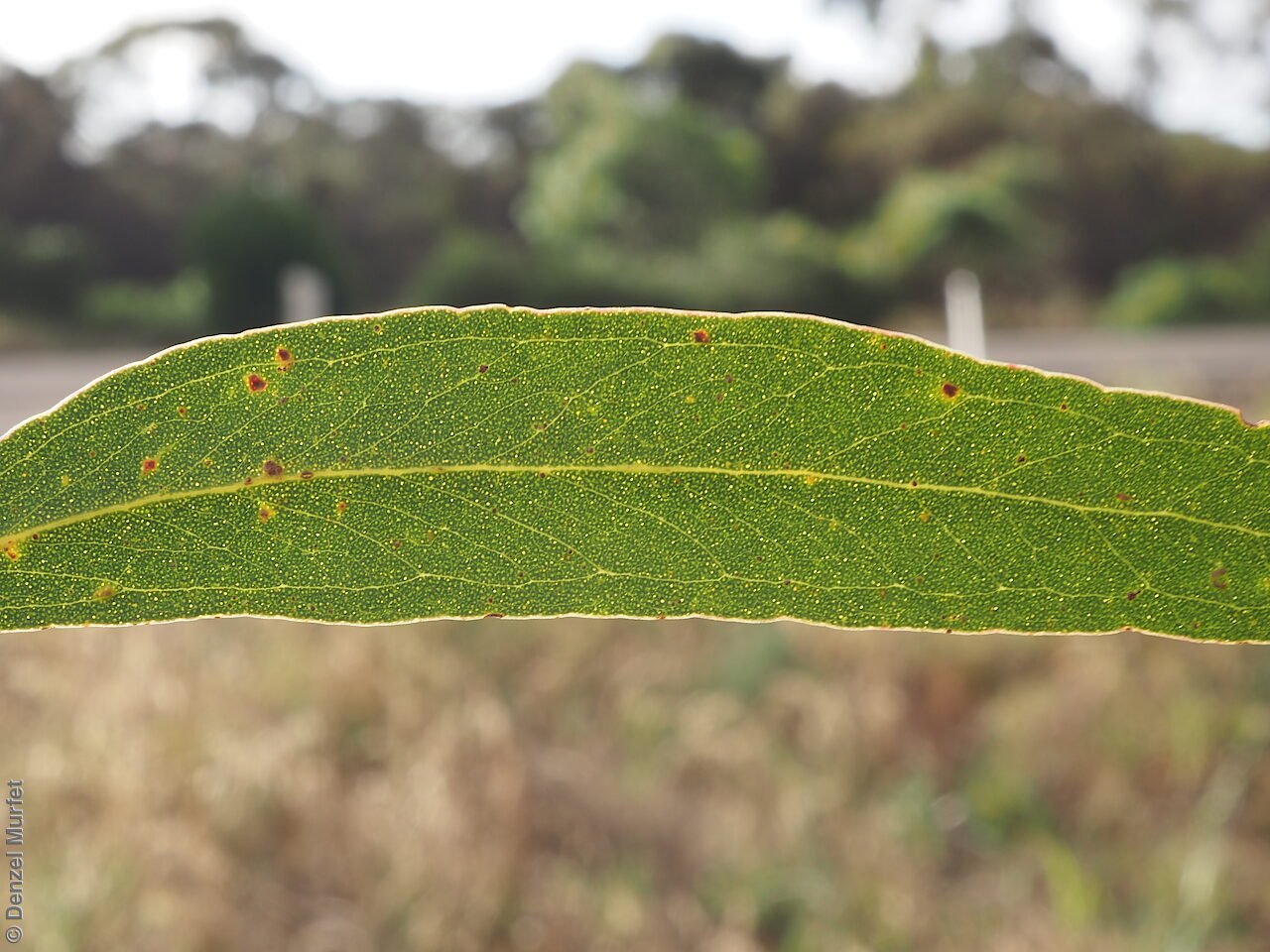
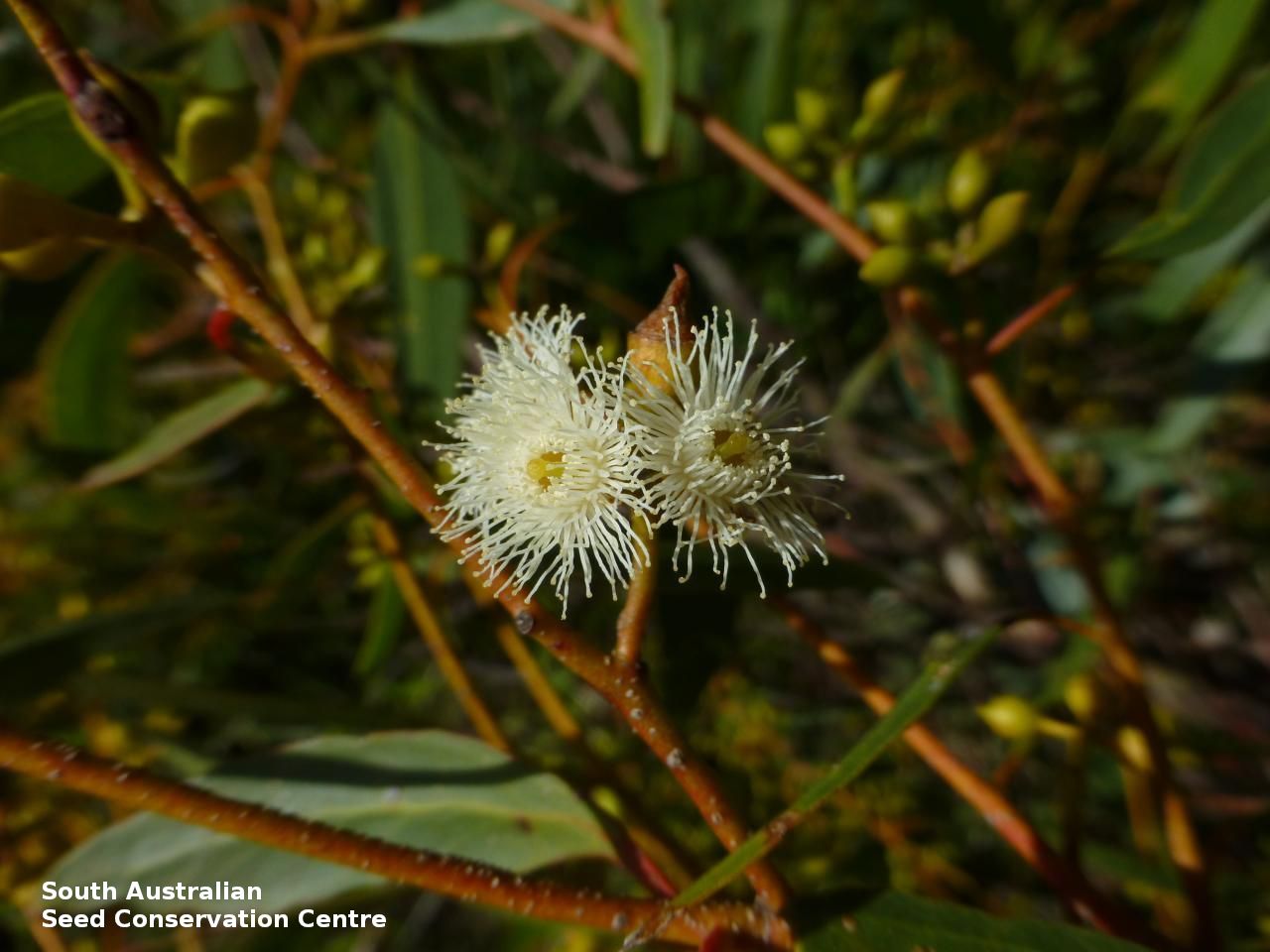
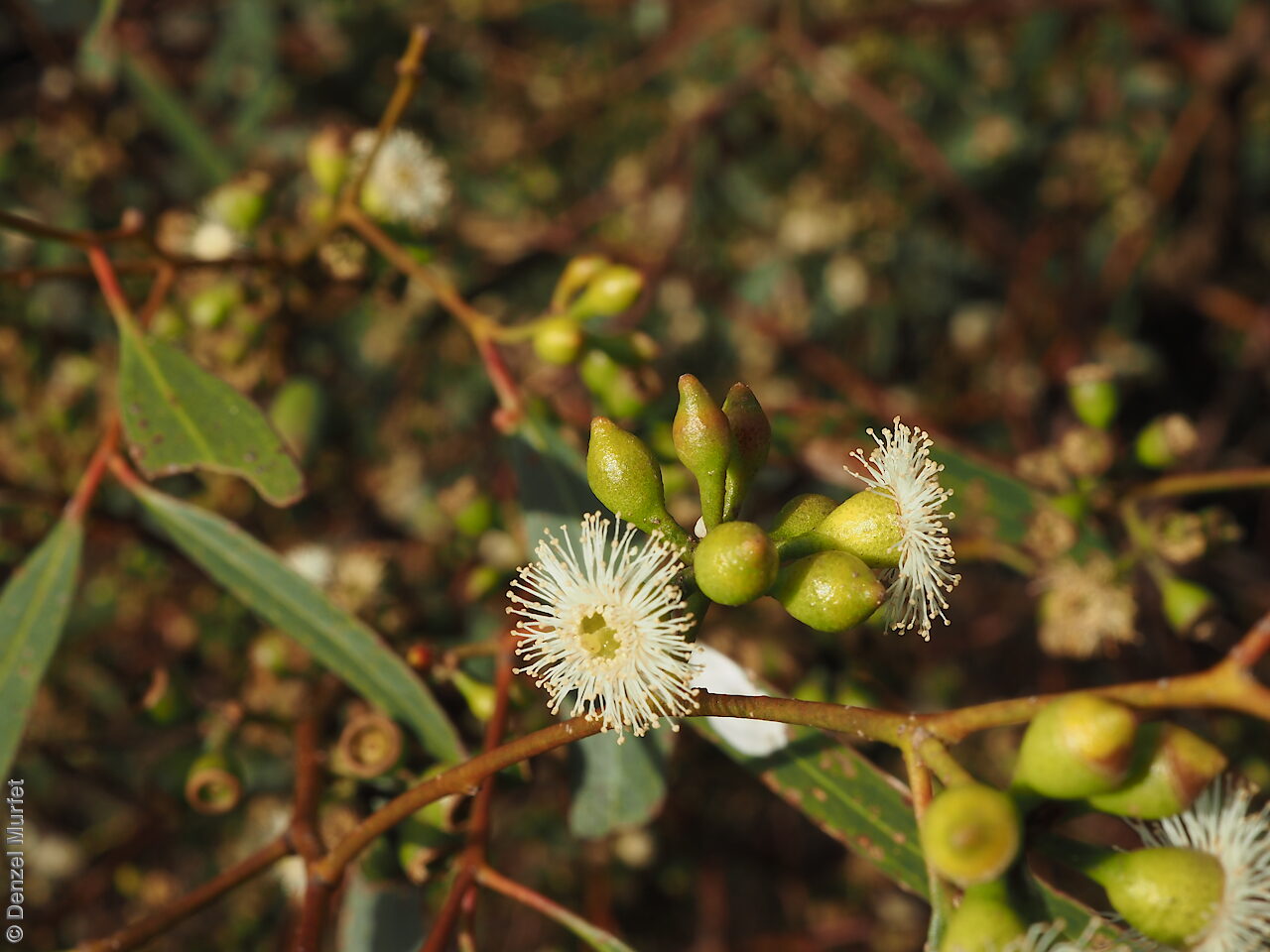
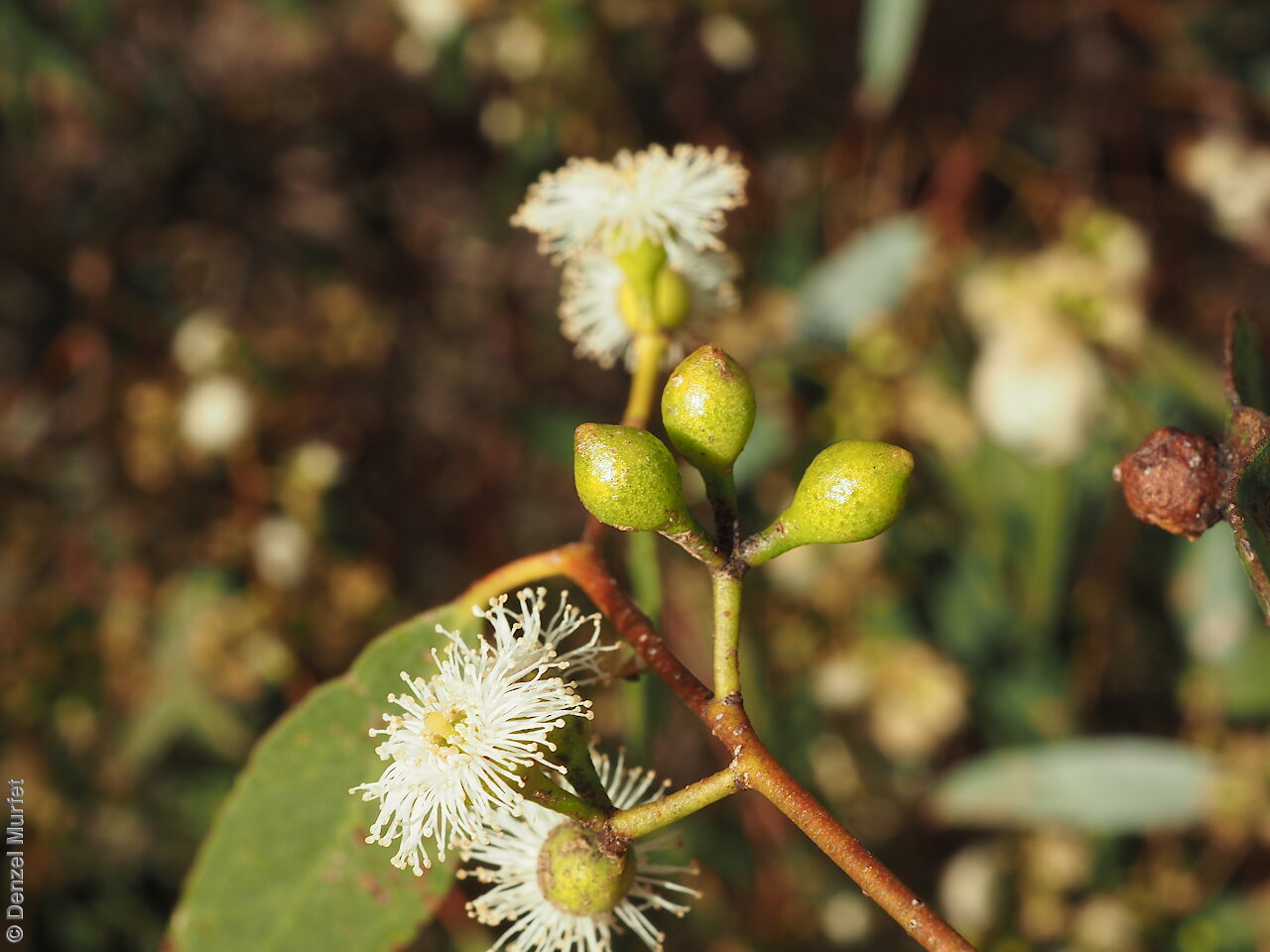
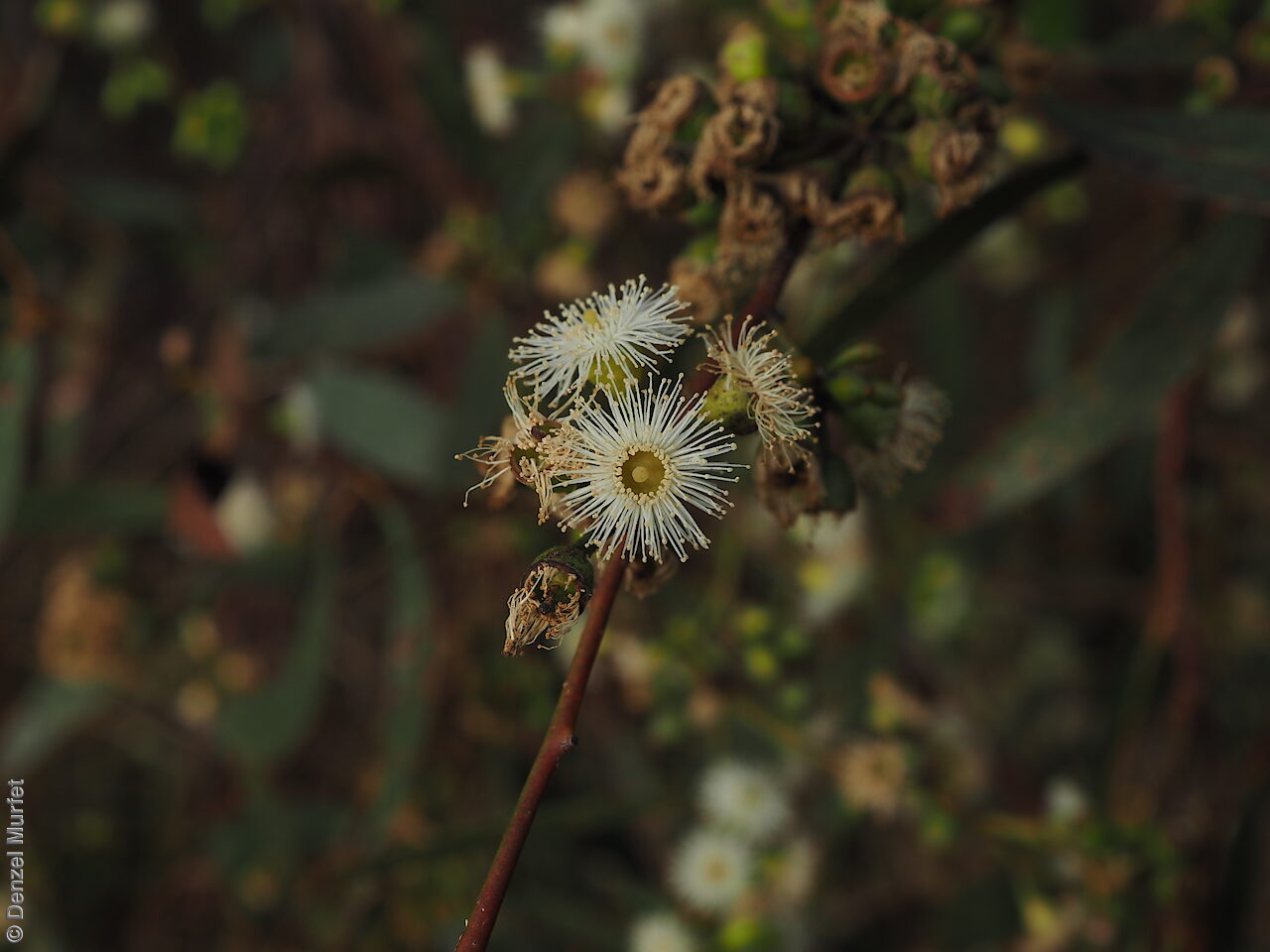
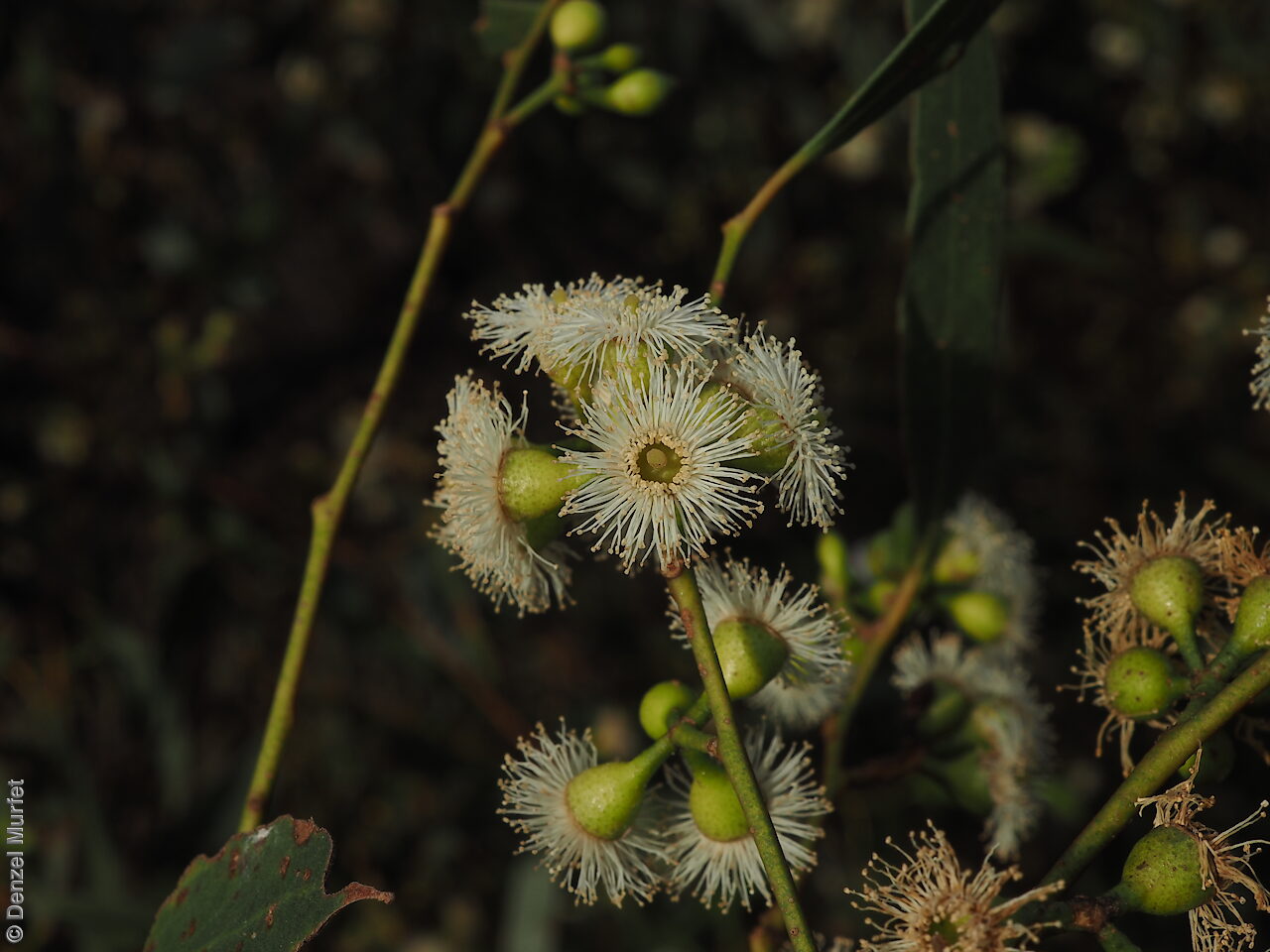
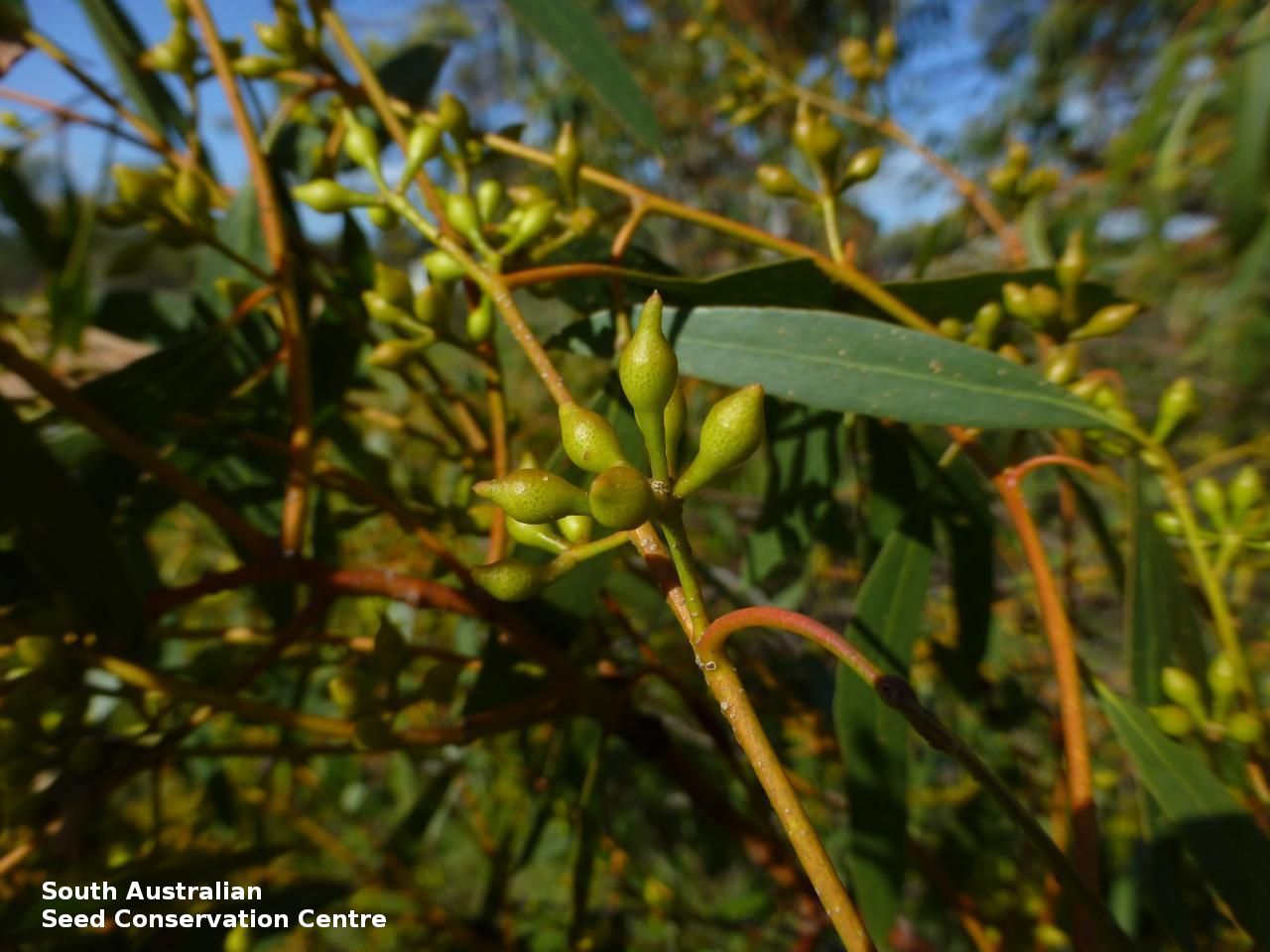
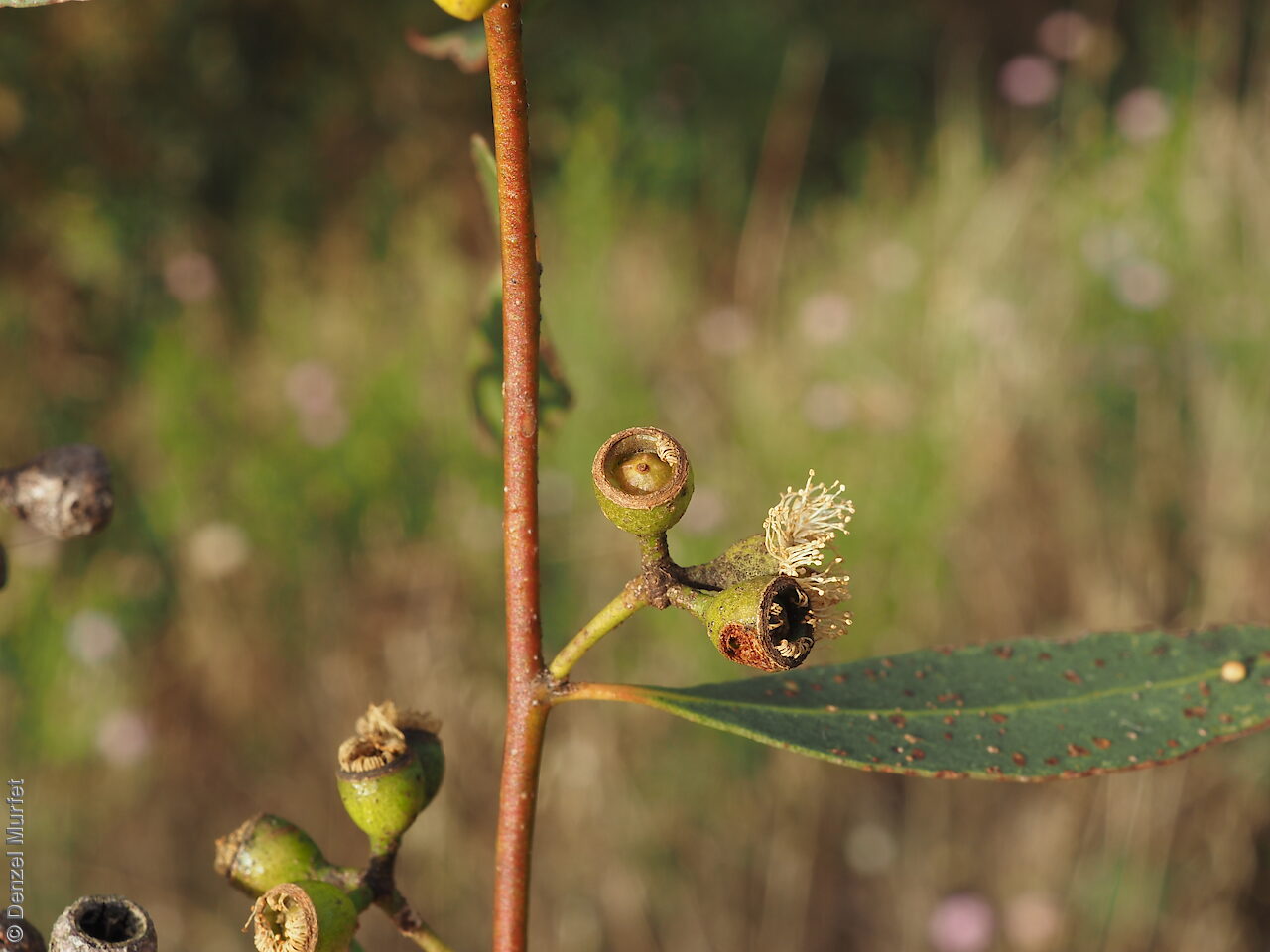
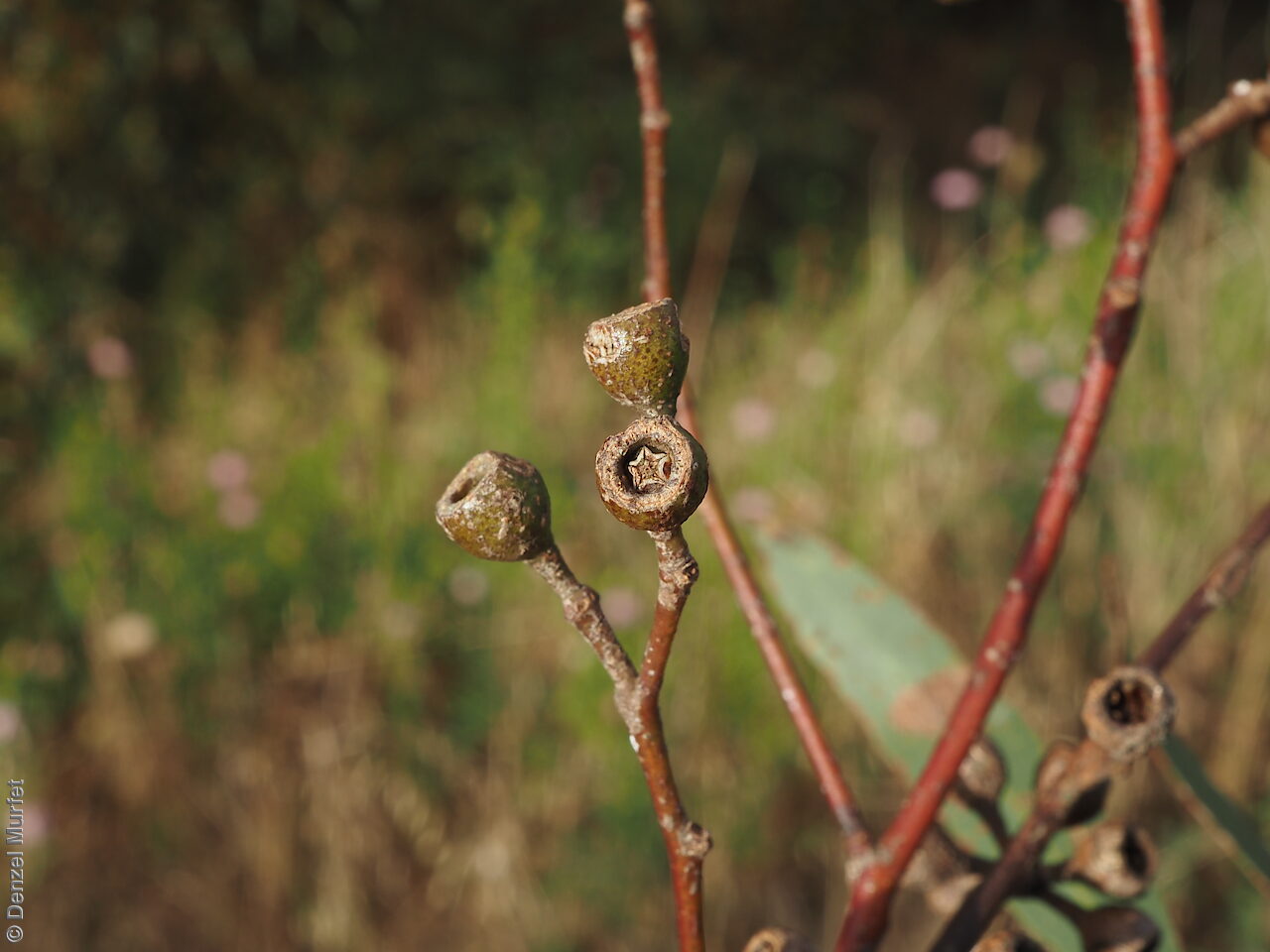
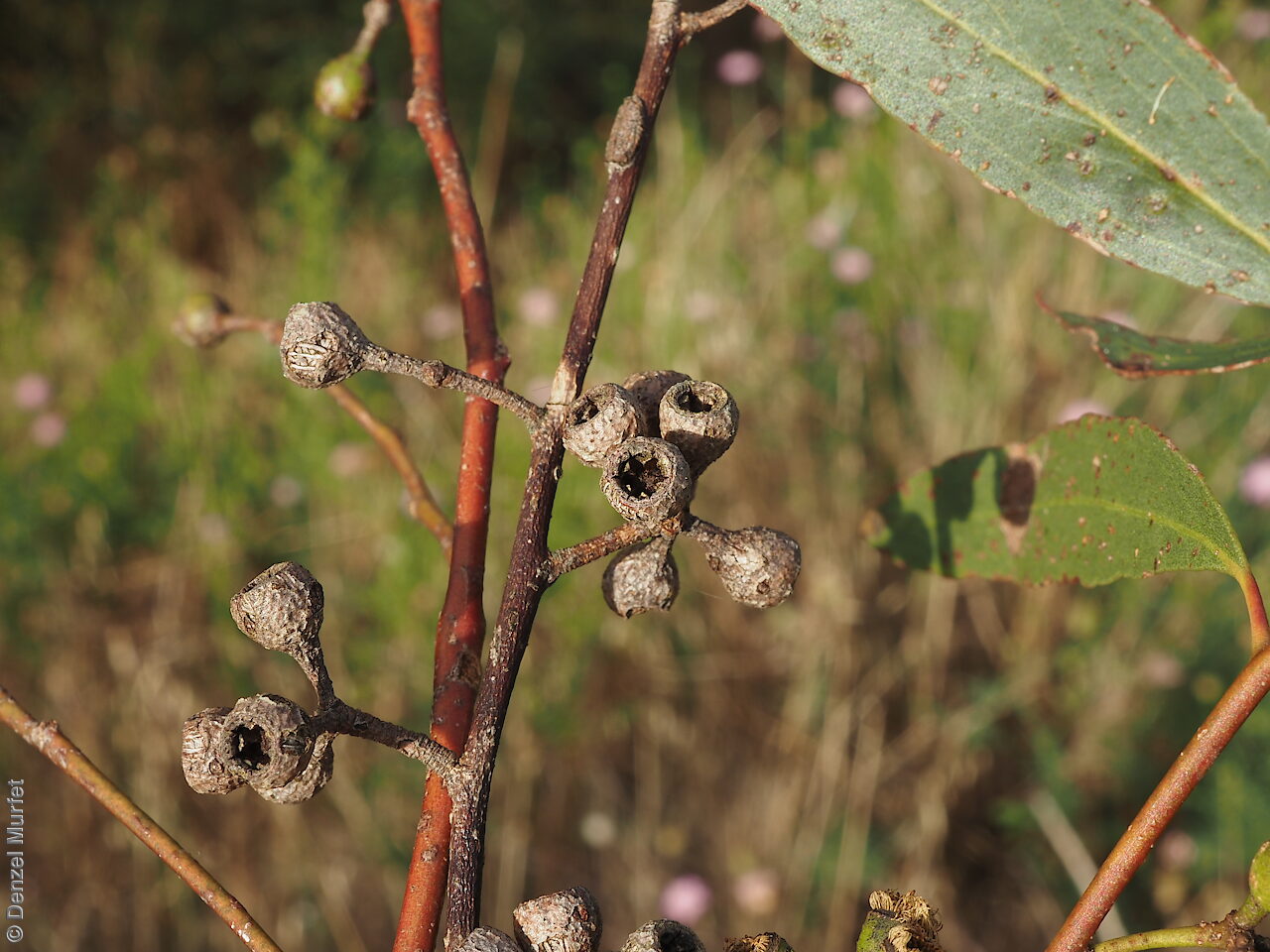
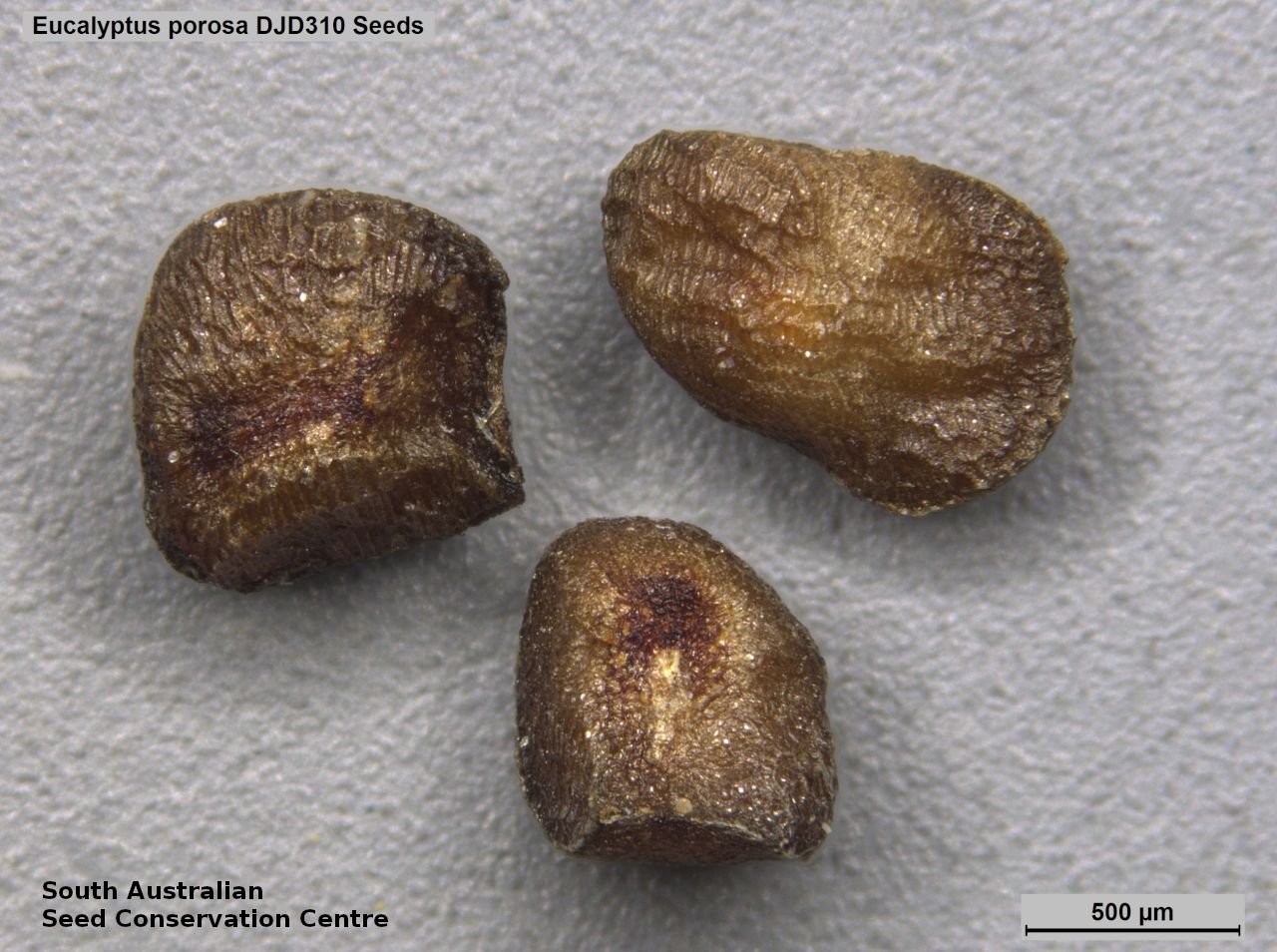


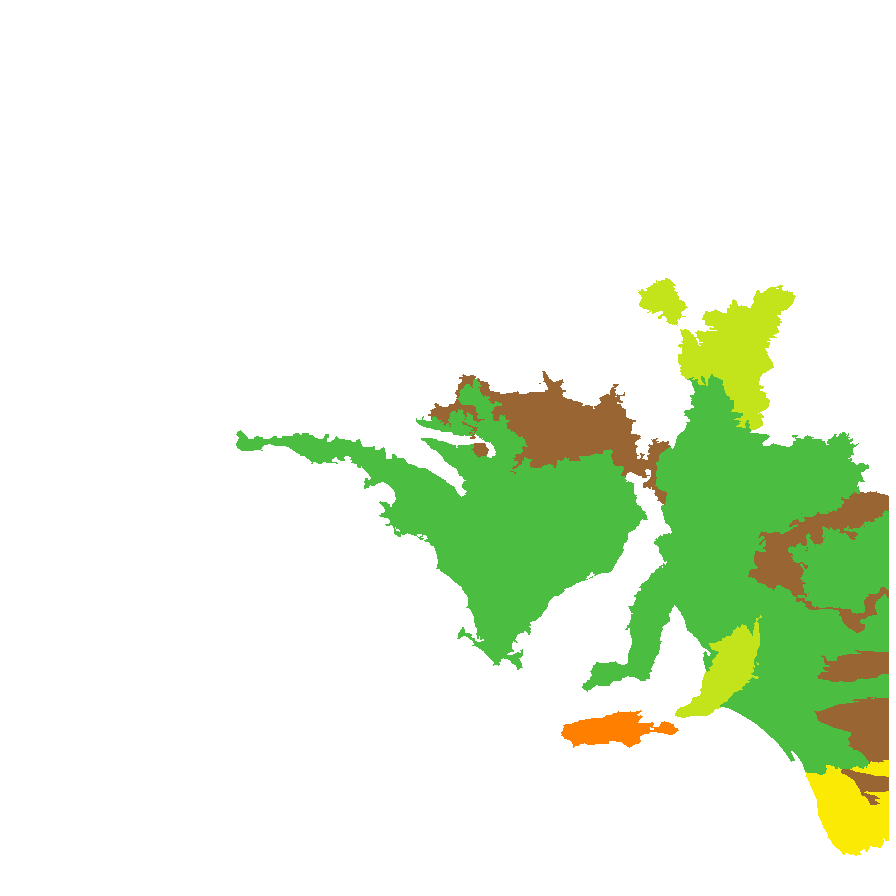
Botanical art
Prior names
Eucalyptus calcicultrix
Eucalyptus odorata var. calcicultrix
Eucalyptus leucoxylon var. pluriflora
Eucalyptus calcicultrix var. porosa
Common names
Black Mallee Box
Mallee Box
Etymology
Eucalyptus from the Greek 'eu' meaning well and 'calyptos' meaning covered, alluding to the cap or lid which covers the stamens in the bud. Porosa from the Greek 'porosus' meaning pierced with small holes, referring to the microscopic pores in the anthers.
Distribution and status
Found in the southern part of South Australia in semi-arid regions, growing in a variety of habitats on clay over limestone, loamy soils, exposed rocky ridges and coastal limestone bluffs. Also found in New South Wales and Victoria. Native. Common in South Australia. Common in the other States.
Herbarium regions: Gairdner-Torrens, Flinders Ranges, Eastern, Eyre Peninsula, Northern Lofty, Murray, Yorke Peninsula, Southern Lofty, South Eastern, Green Adelaide
NRM regions: Adelaide and Mount Lofty Ranges, Eyre Peninsula, Northern and Yorke, South Australian Arid Lands, South Australian Murray-Darling Basin, South East
AVH map: SA distribution map (external link)
Plant description
Multi-trunked tree or mallee to 14 m high and wide with rough, hard, moderately-fissured, grey-brown to dark grey bark on lower stems and branches and smooth, coppery to grey to cream bark above. Juvenile leaves elliptical to ovate, bright green. Adult leaves to 130 mm long and 22 mm wide, narrow to broad-lanceolate, glossy green with dense glands. Flowers in groups of 7 in axils of leaf. Buds to 7 mm long and 5 mm wide, ovoid, smooth, bud-cap cone-shaped, equal to or slightly shorter than the base. Flowers white or very rarely pink. Flowering between October and March. Fruits are woody barrel-shaped to cup-shaped fruit to 8 mm long and 8 mm wide, with a narrow rim and descending disk; valves 4 or 5 below the rim. Seeds are reddish-brown ovoid seed to 0.4 mm long and 0.3 mm wide, with reticulated surface. Seed embryo type is folded.
Seed collection and propagation
Collect seeds between January and December. Collect mature fruits that are dark and hard (difficult to break with a finger nail), with the valves un-open any time of year. Leave the fruits in a breathable container in a dry room for one to two weeks. This allows the valves on the fruit to open and release the seeds. Separate the seeds by placing all the materials into a bucket and shaking it to dislodge the seeds. Pass the material through a sieve to separate the unwanted material. The finer material will contain both seeds (soft) and frass (hard) usually distinguishable from each other but can be very similar in shape and colour. With finer sieves, the seeds can be separated from the frass but this is not essential for storage or propagation. Store the seeds with a desiccant such as dried silica beads or dry rice, in an air tight container in a cool and dry place. From one collection, the seed viability was high, at 100%. Seeds are non-dormant, viable seed should germinate readily.